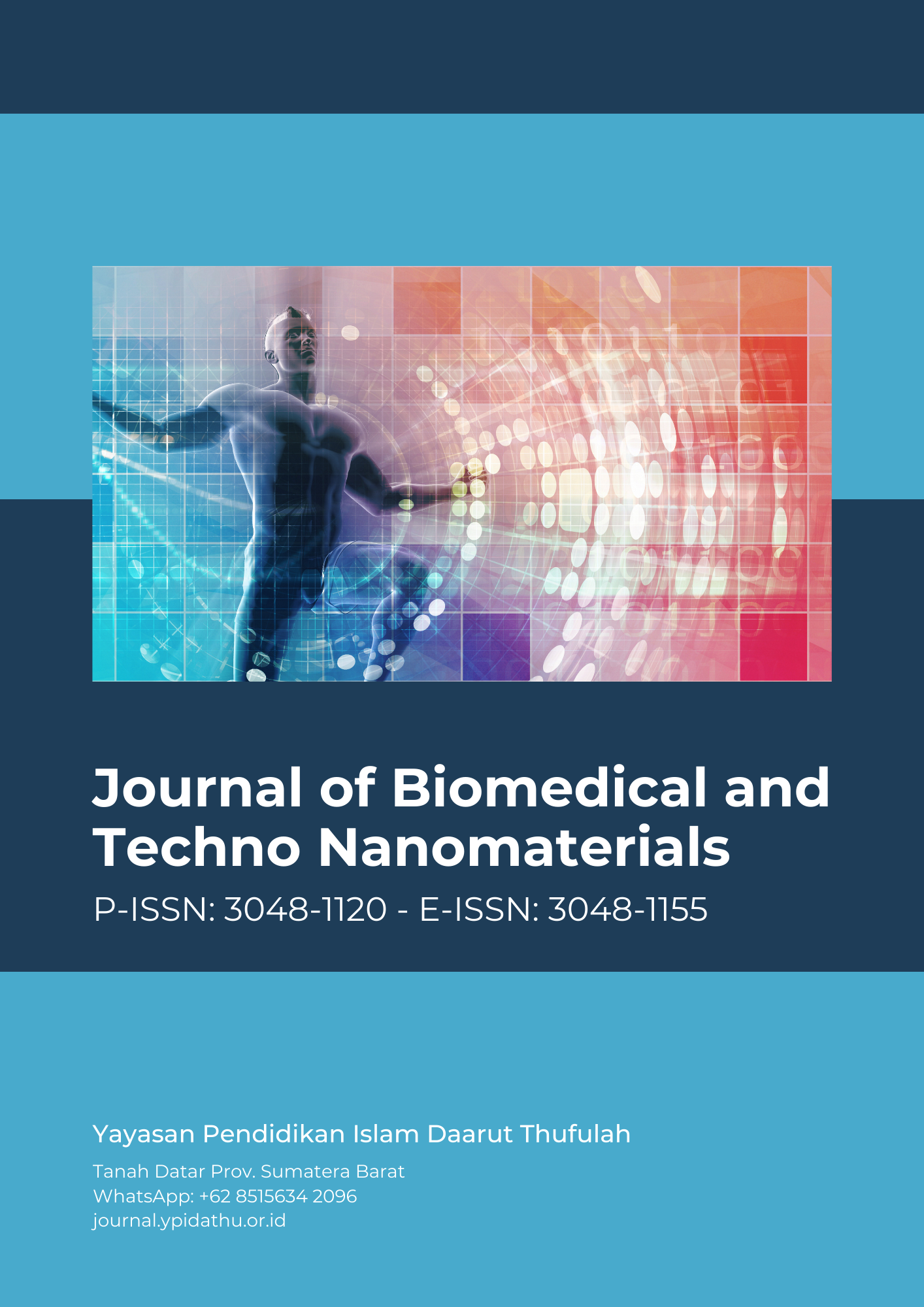Abstract
The incidence of melanoma is rapidly increasing worldwide, posing a significant public health problem. Gene therapy for treating diseases has been discovered since 1989. Research developments to make gene therapy an effective treatment method are ongoing. Primary extracutaneous melanoma can be ocular, gastrointestinal, mucosal, leptomeningeal, genitourinary, and lymphatic. The relationship between ultraviolet (UV) exposure and the development of melanoma is highly acute and complex, and intermittent sun exposure significantly increases the risk of melanoma. It is the fifth most common type of cancer in men and the sixth in women. Mucosal melanoma is a rare disease that differs from melanoma arising elsewhere in the body. Although melanocytes are most abundant in the skin, they can also be found in smaller numbers in mucous membranes and the eyes. There are epidemiological, genetic, and physiological differences between melanomas arising from melanocytes in these various locations, and these differences have important implications for both disease prognosis and treatment.
Full text article
References
Arrangoiz, R. (2016). Melanoma Review: Epidemiology, Risk Factors, Diagnosis and Staging. Journal of Cancer Treatment and Research, 4(1), 1. https://doi.org/10.11648/j.jctr.20160401.11
Chandra, R. (2020). Gambaran Klinis dan Patologi Melanoma Maligna Kutaneus. Cermin Dunia Kedokteran, 47(11), 673. https://doi.org/10.55175/cdk.v47i11.1193
Houghton, A. N., Coit, D. G., Daud, A., Dilawari, R. A., DiMaio, D., Gollob, J. A., Haas, N. B., Halpern, A., Johnson, T. M., Kashani-Sabet, M., Kraybill, W. G., Lange, J. R., Martini, M., Ross, M. I., Samlowski, W. E., Sener, S. F., Tanabe, K. K., Thompson, J. A., Trisal, V., … Walker, M. J. (2006). Melanoma: Clinical practice guidelines in oncologyTM. JNCCN Journal of the National Comprehensive Cancer Network, 4(7), 666–684. https://doi.org/10.6004/jnccn.2006.0057
Just a moment... (n.d.). Retrieved May 12, 2024, from https://www.thelancet.com/journals/lancet/article/piiS0140-6736(13)60802-8/fulltext
Kachroo, S., & Gowder, S. J. T. (2016). Gene therapy: An overview. Gene Technology, 5(1), 1–14.
Little, J. W. (2006). Melanoma: Etiology, treatment, and dental implications. General Dentistry, 54(1), 61–66; quiz, 67.
Lnterferon?? gene therapy for cancer: Basic research to clinical application—Yoshida—2004—Cancer Science—Wiley Online Library. (n.d.). Retrieved May 12, 2024, from https://onlinelibrary.wiley.com/doi/abs/10.1111/j.1349-7006.2004.tb02194.x
McCourt, C., Dolan, O., & Gormley, G. (2014). Malignant Melanoma: A Pictorial Review. The Ulster Medical Journal, 83(2), 103–110.
Wargasetia, T. L. (2005). Terapi Gen pada Penyakit Kanker. 4(2).
Widyastuti, D. A. (2017). TERAPI GEN: DARI BIOTEKNOLOGI UNTUK KESEHATAN. Al-Kauniyah: Jurnal Biologi, 10(1), 59–72. https://doi.org/10.15408/kauniyah.v10i1.4864
Yu, M. (1996a). Advances in Cancer Gene Therapy. McGill Journal of Medicine, 2(2), Article 2. https://doi.org/10.26443/mjm.v2i2.702
(Malignant Melanoma: Skin Cancer?Diagnosis, Prevention, and Treatment - Critical ReviewsTM in Eukaryotic Gene Expression, Volume 30, 2020, Issue 4 - Begell House Digital Library, n.d.)
Lerner, B. A., Stewart, L. A., Horowitz, D. P., & Carvajal, R. D. (2017). Mucosal Melanoma: new insights and therapeutic options for a unique and aggressive disease. Oncology (08909091), 31(11).
Eyquem, J., Mansilla-Soto, J., Giavridis, T., Van Der Stegen, S. J. C., Hamieh, M., Cunanan, K. M., Odak, A., Gönen, M., & Sadelain, M. (2017). Targeting a CAR to the TRAC locus with CRISPR/Cas9 enhances tumour rejection. Nature, 543(7643), 113–117. https://doi.org/10.1038/nature21405
Gloria, M. (2023, Juli 20). Customizing CAR-T cell-based applications using the CRISPR-Cas9 system | IDT. Integrated DNA Technologies. https://sg.idtdna.com/pages/education/decoded/article/customizing-car-t-cells-using-the-crispr-cas9-system
Parambi, D. G. T., Alharbi, K. S., Kumar, R., Harilal, S., Batiha, G. E.-S., Cruz-Martins, N., Magdy, O., Musa, A., Panda, D. S., & Mathew, B. (2022). Gene Therapy Approach with an Emphasis on Growth Factors: Theoretical and Clinical Outcomes in Neurodegenerative Diseases. Molecular Neurobiology, 59(1), 191–233. https://doi.org/10.1007/s12035-021-02555-y
Ramsden, D. A., & Nussenzweig, A. (2021). Mechanisms driving chromosomal translocations: Lost in time and space. Oncogene, 40(25), 4263–4270. https://doi.org/10.1038/s41388-021-01856-9
Rupp, L. J., Schumann, K., Roybal, K. T., Gate, R. E., Ye, C. J., Lim, W. A., & Marson, A. (2017). CRISPR/Cas9-mediated PD-1 disruption enhances anti-tumor efficacy of human chimeric antigen receptor T cells. Scientific Reports, 7(1), 737. https://doi.org/10.1038/s41598-017-00462-8
Wargasetia, T. L. (2005). Terapi Gen pada Penyakit Kanker. 4(2).
Zhang, F., Wen, Y., & Guo, X. (2014). CRISPR/Cas9 for genome editing: Progress, implications and challenges. Human Molecular Genetics, 23(R1), R40-46. https://doi.org/10.1093/hmg/ddu125
Authors
Copyright (c) 2024 Nadhea Aurel Zalfanisa Inzagi, Nadia Azhar Samasta, Dewi Ghitsatul A’la, Ibrahim Bin Sa’id

This work is licensed under a Creative Commons Attribution-ShareAlike 4.0 International License.

